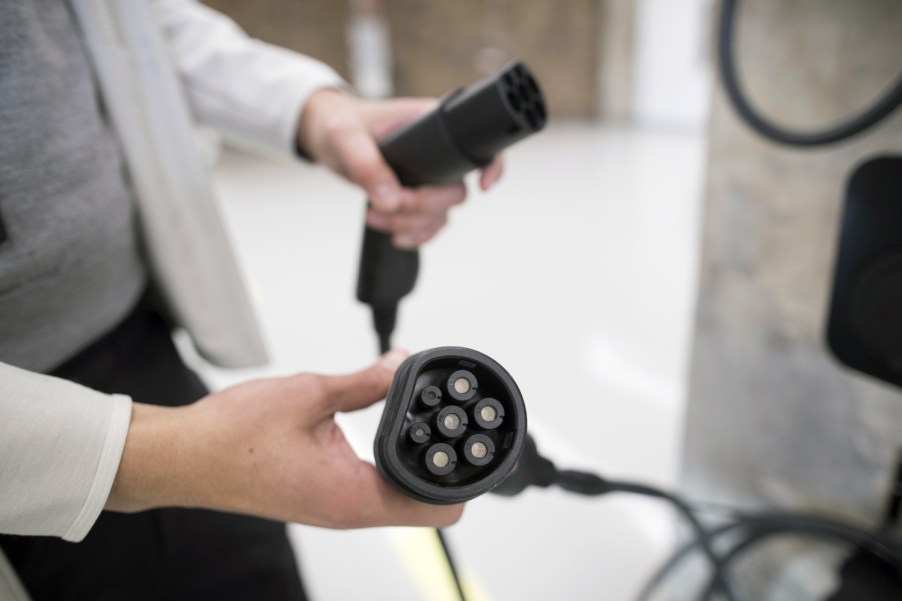
Electric Vehicle (EV) Heat Pumps Also Improve Range in Hot Weather
There are a few ways to help you increase the driving range for your electric vehicle. As of late, one of the most popular solutions for an EV has been heat pumps, especially when temperatures get really cold outside.
However, winter isn’t the only time that these heating units can provide efficiency. When temps get hot is also a great time to increase your driving range. Let’s explore what these heat pumps are, how they work, and how efficient they can be in the summer.

How these pumps work in cold weather
Heat pumps are EV components that will capture heat from the outside and move it around the vehicle to keep the cabin warm. This helps keep the electric car from losing energy during the winter when temperatures are cold. Basically, it takes the heat, compresses it, and sends it through to the interior cabin through a heater.
What it all boils down to is that the vehicle doesn’t have to waste battery power to run a heating element. That’s one of the best ways to increase driving range in the weather.
According to The Next Web, a Tesla Model Y runs 300% more efficiently with a heating pump system than when it used the resistive heating unit installed in older models.
A test done in Norway showed a Tesla Model Y with a heat pump only lost 3% of battery power when keeping the cabin consistently warm for three hours in cold weather. A Model 3 using the resistive heating unit in the same scenario lost 10% of battery power in those three hours.
While it’s highly beneficial in cold temperatures, it can also offer benefits when temps get hotter.
How heat pumps can help your EV in the summer
In the winter, the heat pump will draw outside air from the vehicle and moves it inside the car; the reverse can happen in the summer when you’re experiencing hot temperatures. The warm air from the cabin gets compressed, which will move the air out of the car, where it will get released into the atmosphere instead of getting recycled back into the vehicle.
It works much like an air conditioner in a home. The refrigerant coil in the AC draws out the hot air and moves it outdoors, which will cool down the room, according to Top Speed.
Are the heat pumps worth it?
Range anxiety is real for people who either own an electric vehicle or are thinking about getting one. The fear of running out of battery power before reaching a destination can be overcome in many ways. One such way is the use of a heat pump in both hot weather and winter time. It can also help charging times as well.
Of course, heat pumps have been around for a while now, and they’ve only been in the limelight for a short amount of time. That’s because technology has come a long way to the point these heating systems have been fine-tuned. You can warm up (or cool down) your vehicle without wasting juice on a typical climate system.
Originally, heat pumps were designed to work in weather 30 degrees and above. Now, however, they can run in temps well below zero. While they initially weren’t the component of choice for EVs, they’re now beginning to be installed in many models.
This includes all Tesla models. However, some owners have complained of failure with their pumps. Even GM is getting in on it. It plans to offer it with its Hummer EVs and the Cadillac Lyriq, according to Green Car Reports.
Heat pumps offer more driving range for EVs by lessening energy loss due to heating or cooling your car. This will help alleviate some of the range anxiety some people have when driving an electric vehicle.


